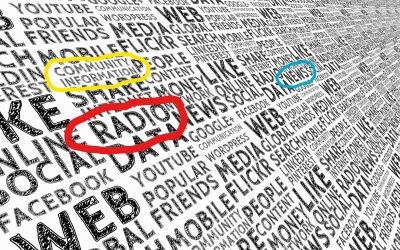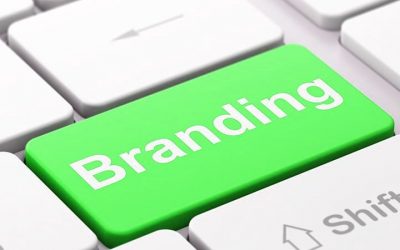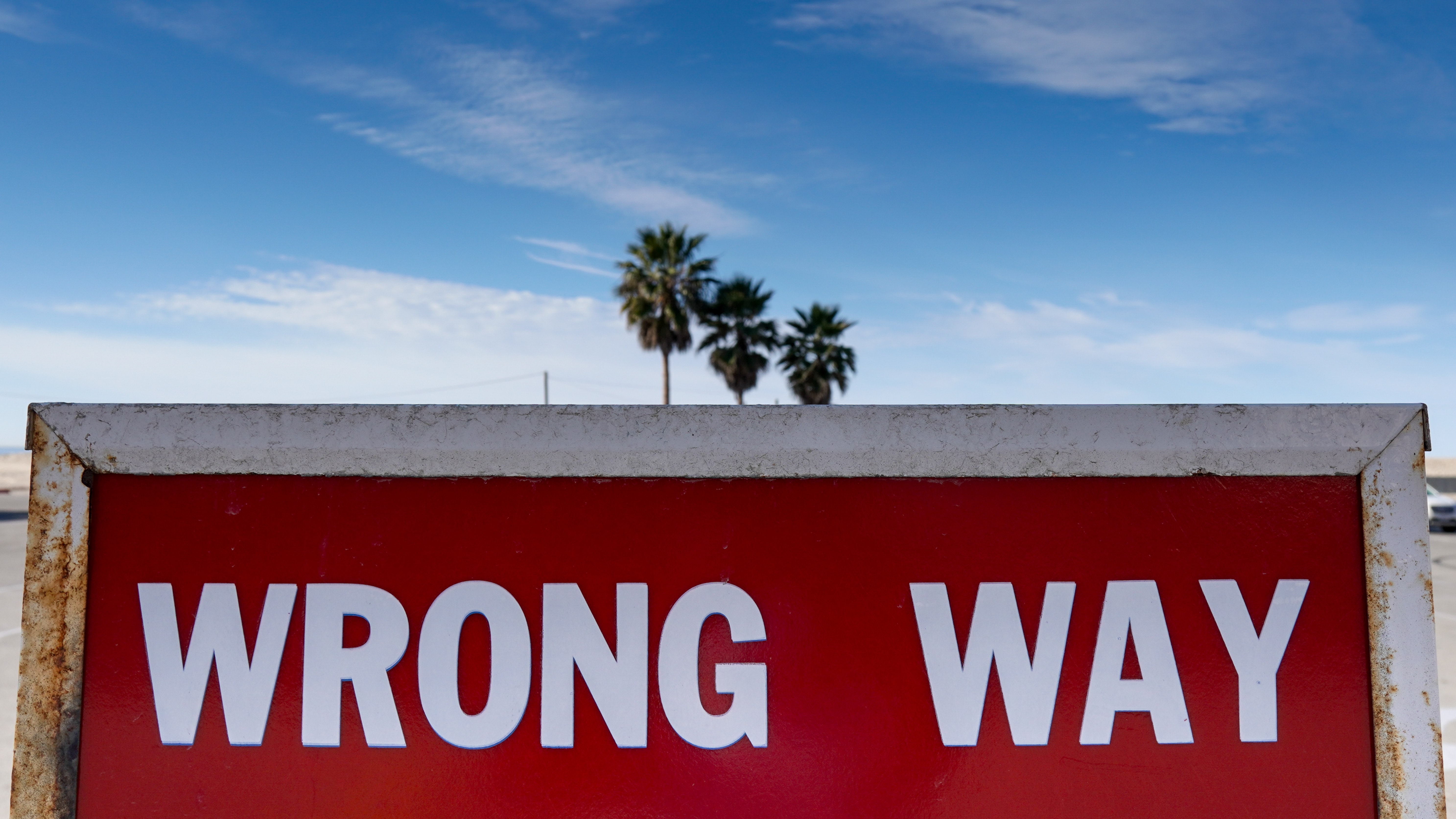Are you a Follower? Or are you a Leader? A couple weeks ago I read a statistic about advertising spending that didn't surprise me but kind of made me sad. It’s estimated that this year, digital advertising will account for nearly 67% of all media spending. That was...
Marketing and Advertising Insights
Brand Building in Dollars and Sense
Did you notice the title of this article has a play on words? Or did you think it was just a typo? Brand Building in Dollars and Sense with the word Sense spelled not like the cents we use to refer to money but as sense, as it makes sense or common sense which people...
Audio Insights
Of the 5 senses most of us are born with, some have different filtering properties. Those 5 human senses are Taste Touch Sight Hearing Smell Some of these might diminish as we get older, the most common ones are sight and hearing. Others vary depending on the...
State of The Station for WOWO Summertime 2021
Here we are in the middle of June 2021 and this weeks article and podcast is a little different from my usual weekly updates. Today an update on what is going on at WOWO radio in Fort Wayne, Indiana, from an insiders perspective as we peak behind the curtain and give...
Why Your TV Ads Are Not Working
It's not nice to bad mouth others and I try to avoid it. I also want to be truthful. Over the next few weeks, I am sharing some information that might sound like I'm bad mouthing others, however I am more interested in providing you with the truth about advertising...
Measuring the Unmeasurable
If you are in charge of the advertising for your business, you want to make sure it is effective right? Of course you do. But the challenge has always been how to measure the effectiveness of your advertising. One way that has been around forever is coupons. A few...
Reread Rule #1
Reread Rule #1 was the title of the Sound ADvice newsletter my subscribers received last week in their email inbox and it created a bit of feedback. Today, I'll share the contents of the newsletter and then expand on it with some comments from readers and advice. As a...
The Disappearing TV Audience
Not even a pandemic can save broadcast television. As America opens up again after being told to stay home last year, we're getting new data about some of the long term affects of the COVID-19 pandemic. And since I'm a media and marketing dude, not a doctor, I'm...
The Right Way to Use Radio Advertising
Most businesses don't know how to use radio advertising to increase their business. I know, that's a pretty "out there" declaration coming from the guy who has spent a few decades in radio advertising and currently leads the most successful local advertising sales...









